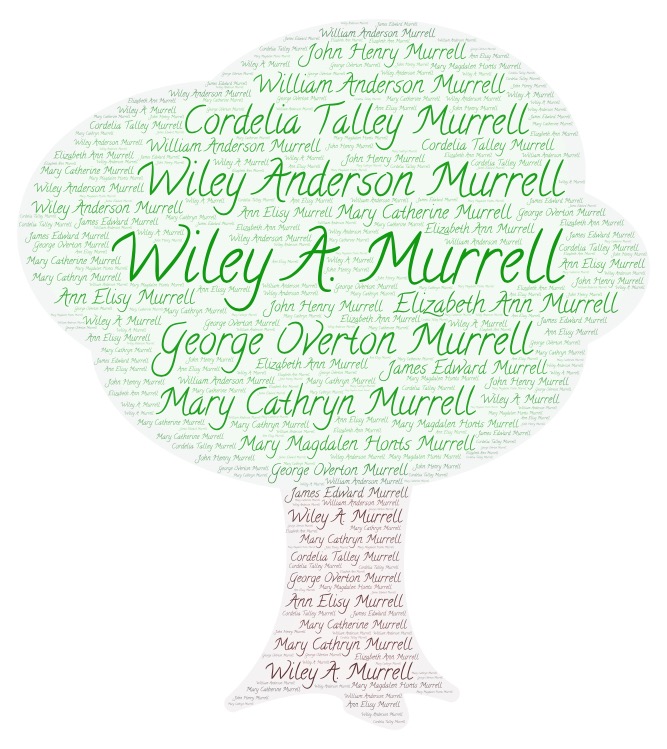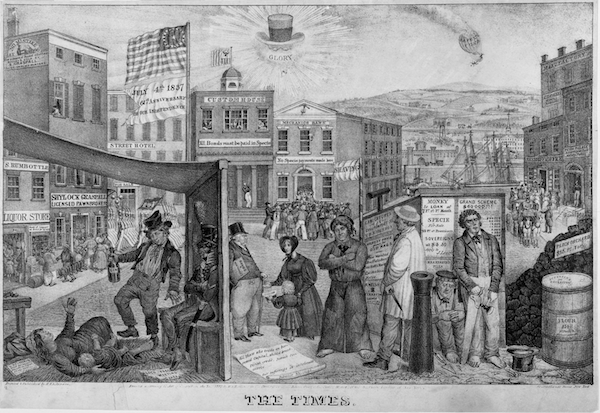The Murrell Family of Botetourt Co., Virginia, Illinois, and Iowa
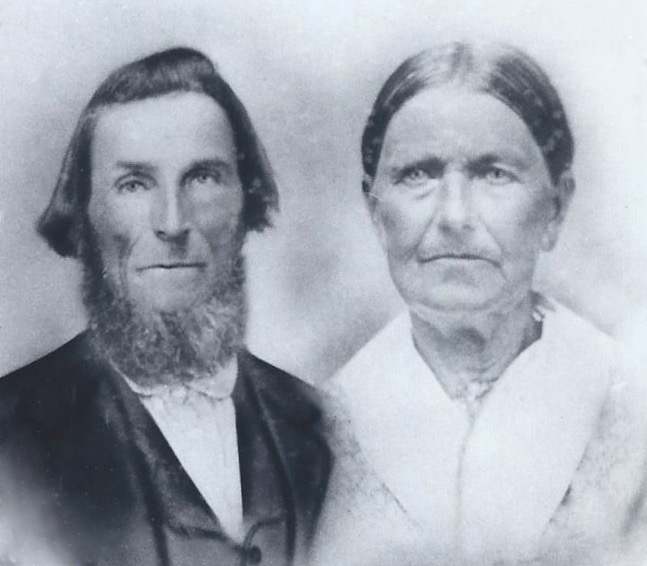
Roberts Family, Murrell Family
We have written a number of posts about the family of Wiley Anderson Murrell and his wife, Mary “Polly” Magdalene (Hons/Honts/Honce/Hance) Murrell. (Use ‘search’ in the box to the left to see them all, or scroll down and click on “Murrell Family.”) We are in the process of sharing what we know with the Botetourt County, Virginia Genealogy Association, so thought that a good start might be to collect some basic information and images for this couple and their children, all in one convenient post.
Wiley Anderson “W. A.” Murrell was born 2 Feb 1806 in Virginia or West Virginia to unknown parents. (We have searched and searched… yet know nothing about his early life.) Wiley married Mary “Polly” Magdalene Honts/Honce/Hance on 9 Apr 1834 in Botetourt County Virginia. Wiley died 27 Mar 1885 in Jasper County, Iowa.

Mary “Polly” Magdalene (Hons/Honts/Honce/Hance) Murrell was born on 9 Sep 1806 in Botetourt County, Virginia, the second child of Henry Honts (1781-1850) and his first wife, Catherine Kauffman/Coffman (1784-1867). Mary died 13 Jul 1887 in Jasper Co. Iowa.
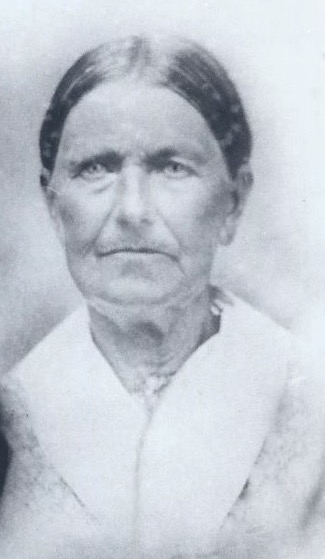
W. A. and Polly migrated from Botetourt Co. Virginia to Roseville, Swan Township, Warren County, Illinois with their children in 1853, then on to Jasper Co. IA in 1868. (Jasper migration year per their obituaries, however the family is not found anywhere- not Iowa, as expected, nor Illinois nor Virginia- in the 1870 US Federal census).
The above image appears to be a combination of two photos- note where their clothing overlaps. The image of Polly appears larger, though she may have actually been a larger woman- but we do not know anything about their stature. She does look to be much older than W.A. in these photos despite them being born the same year, so a later photographer may have combined two images taken at different times to make it appear as a family portrait.
We wish we had a photo of the family when the children were young, but they likely were quite poor as they did not own land in Botetourt County.
The oldest known child of W.A. and Polly was Elizabeth Ann Murrell, born 1 Feb 1835 in Botetourt County, Virginia. When Elizabeth was eighteen, she, along with her parents and siblings, migrated to Illinois. She married John Roberts (1832-1922) in Roseville, Illinois, on 8 Mar 1857. Four children were born to them in Illinois, and they later migrated with her parents to Jasper County, Iowa, about 1868. Both died in Jasper County: Elizabeth on 2 Feb 1917, 82 years and 1 day since her birth; John on 22 Jan 1922.
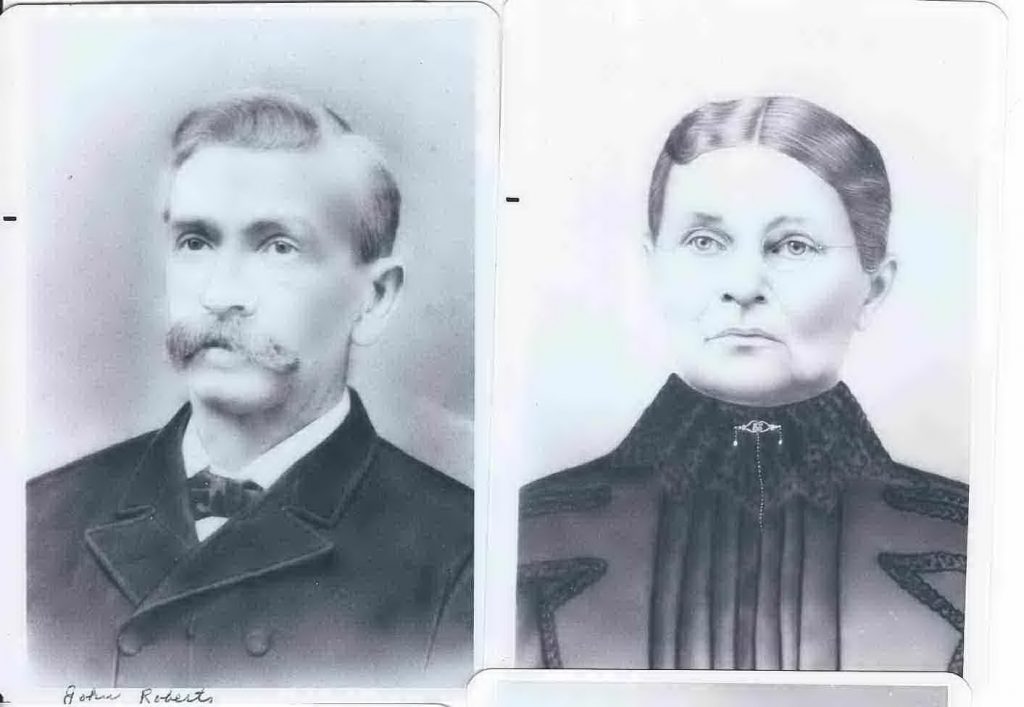
John Henry Murrell was the second known child of W.A. and Polly Murrell. He was born in Botetourt Co. on 2 Jul 1837. He migrated with his family to Warren County, Illinois in 1853, and at age 25 he married Lydia Reborn (1844-1920) there. By 1870 John and his family had moved to Elk Fork, Pettis County, Missouri, where he died 23 Mar 1880 in Green Ridge, Pettis, MO, just a couple of months before the birth of their sixth child.
We do not have a portrait of John Henry Murrell.

All we know of the third child of W.A. and Polly Murrell is that Mary Catherine Murrell was born in Botetourt County, Virginia on 18 Sep 1839, and she died seven years later, on 6 Nov 1846, in Botetourt. We have not found her grave, but due to the family’s probable poverty, they may not have been able to afford a headstone. We do have this record of her life in our Murrell family bible.

William Anderson Murrell was the fourth known child of W.A. and Polly Murrell. Also born in Botetourt County, Virginia, on 25 May 1841, William was a teenager when he migrated with his family to Warren County, Illinois. William served his country, enlisting on 1 Aug 1862 in the Union’s 83rd Illinois Infantry for 3 years; he also served as a Private in the First Light Artillery, Co. H, and mustered out 26 Jun 1865 at Nashville, Tennessee. William married Cordelia Talley (1850-1941) in Warren County, Illinois on 1 Oct 1867, and they had four known children. William and his wife stayed in Roseville, where he died on 1 Aug 1922.
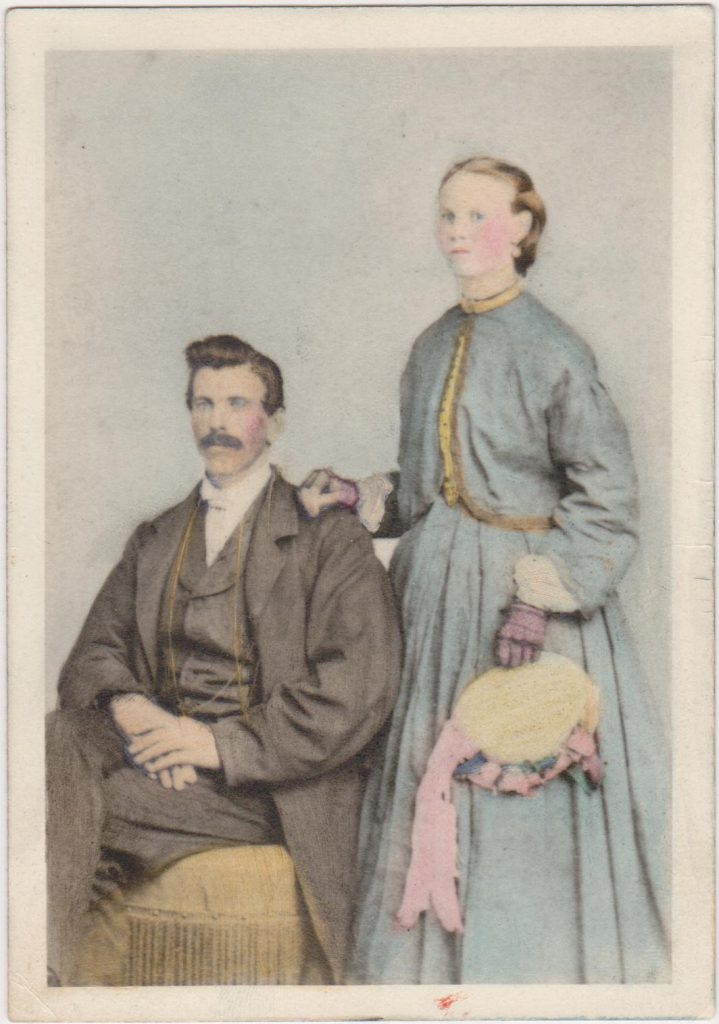
James Edward Murrell, the fifth known child of W. A. and Polly Murrell, was born 15 Nov 1842 in Botetourt County, Virginia, and was 11 when the family migrated to Illinois. During the Civil War James joined the Illinois Cavalry, as his older brother John Henry Murrell had, but was in Co. I, Reg. 11 as a private; he was discharged 30 Sep 1865. After the war James moved to Pettis County, Missouri, where his brother John was living. James married Mary E. Robinson and they had six children. At age 70 he was in the National Home for Disabled Soldiers in Leavenworth, Kansas. He and Dillie E. (Carter) [Todd] Fox applied for a marriage license on 22 Mar 1924 in St. Louis County, Missouri; he was 81 (he stated 83 on the application), she 54. We have not found a marriage record, however Dillie was the informant on his death certificate, which also stated that “Dillie E. Murrell” was his wife.
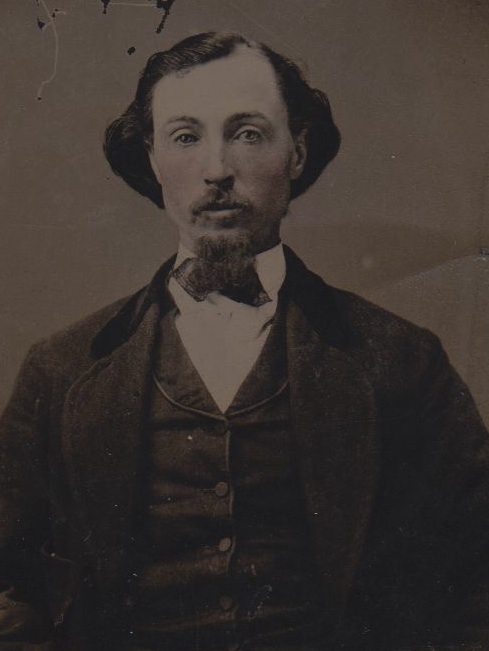
W. A. and Polly Murrell started their family with a daughter, and their last known child was also a daughter, Ann Elisy Murrell (AKA AnnEliza), born 21 Dec 1845 in Botetourt County, Virginia. She too migrated to Warren County, Illinois with the family when a child, and married there, on 15 Sep 1869. With her husband Aaron Brown, she had 3 children born in Illinois, and 2 more were born in Jasper County, Iowa. (They migrated between 1875-1878.) Ann died on 2 May 1892, just 46 years old; her husband Aaron died two years later, age 48, both in Jasper County, Iowa. Sadly we have not found photos for any of this family.
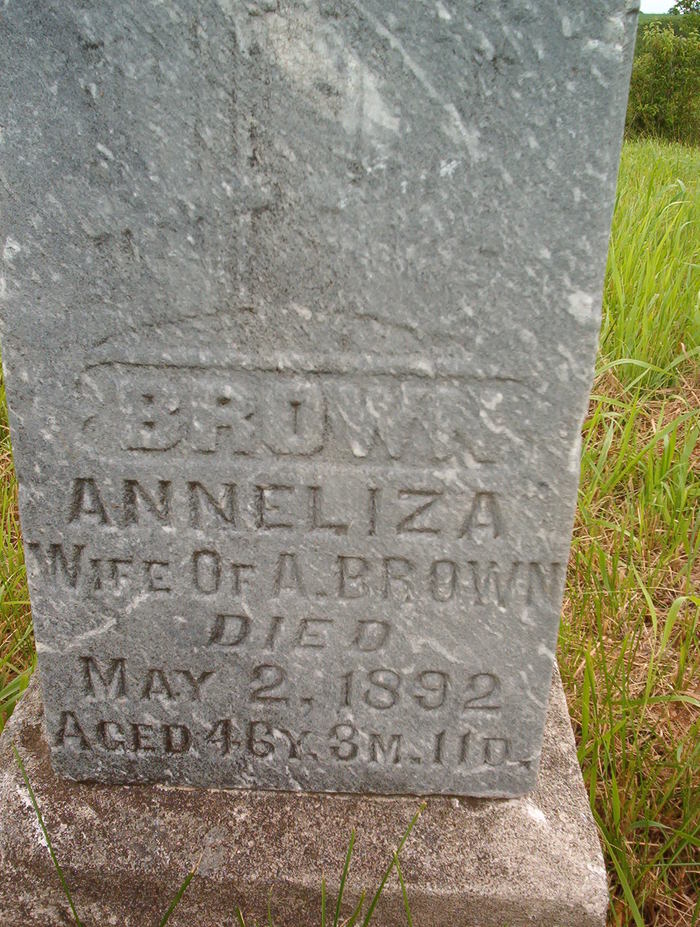
Notes, Sources, and References:
- Please see previous Murrell posts for more details and references about each of these persons.
Please contact us if you would like higher resolution images. Click to enlarge images. We would love to read your thoughts and comments about this post (see form below), and thank you for your time! All comments are moderated, however, due to the high intelligence and persistence of spammers/hackers who really should be putting their smarts to use for the public good instead of spamming our little blog.
Original content copyright 2013-2019 by Heritage Ramblings Blog and pmm.
Family history is meant to be shared, but the original content of this site may NOT be used for any commercial purposes unless explicit written permission is received from both the blog owner and author. Blogs or websites with ads and/or any income-generating components are included under “commercial purposes,” as are the large genealogy database websites. Sites that republish original HeritageRamblings.net content as their own are in violation of copyright as well, and use of full content is not permitted. Descendants and researchers MAY download images and posts to share with their families, and use the information on their family trees or in family history books with a small number of reprints. Please make sure to credit and cite the information properly. Please contact us if you have any questions about copyright or use of our blog material.
